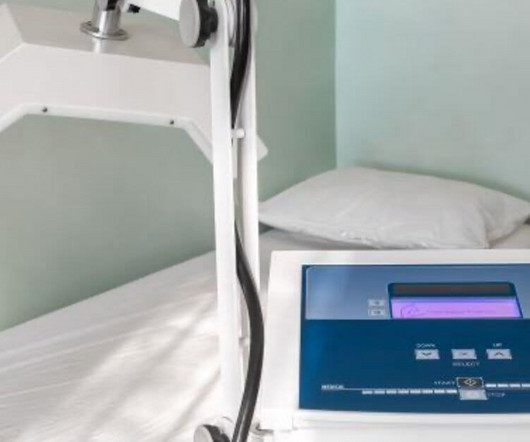Mastering the Hip Exam: Top Tests for Hip Pain
ChiroUp
MARCH 28, 2024
C Sign Hip A positive C-sign hip pain test strongly suggests a hip-related diagnosis. 5) Femoroacetabular Impingement Test (FAI Test) Femoroacetabular impingement, an increasingly recognized diagnosis, is particularly prevalent among young, active individuals. The two tests below can assist in identifying hip involvement.












Let's personalize your content